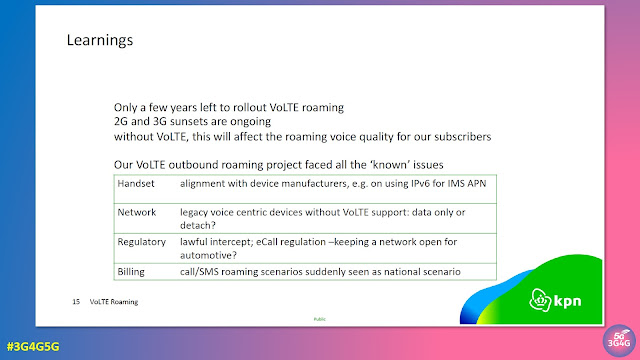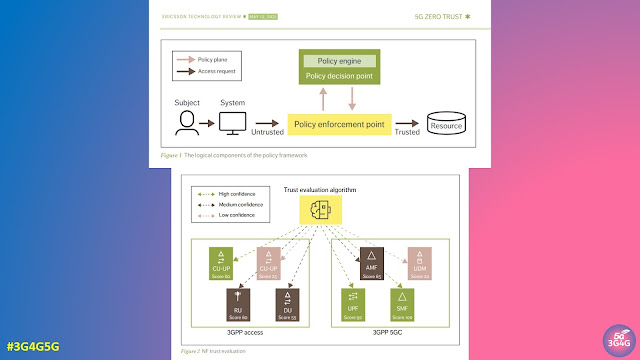You have probably heard me a complaining about the pace of VoLTE rollout, 2G/3G shutdowns, 4G Voice roaming, etc. This post highlights all these issues coming together in a dangerous way. People often ask me why is it that it's always just me highlighting the issues. The answer is that there are other people but their voice may not reach you. In this post, I am highlighting presentations by Rudolf van der Berg, Project and programme manager at Stratix Consulting.
No more voice roaming in USA! French operator Free warns customers that telephony in USA doesn't work. 2G/#3G shutdown and lack of #VoLTE standardisation and roaming are the cause. Its customers can only use Internet and SMS, but not E.164 number based voice telephony and 911! https://t.co/cbBrNZTskq
— Rudolf van der Berg (@internetthought) April 6, 2022
Let's start with Rudolf's post from LinkedIn:
Stop the shutdown of 2G and 3G networks to save lives. This is the urgent call I make today and I hope you can help me spread it! Please call on people you know in politics, regulators and emergency services to demand a stop! Call on anyone you know in the GSMA, 3GPP, handset makers (Apple, Samsung, Qualcomm, MediaTek), network builders (Ericsson, Nokia, Huawei) to re-engineer VoLTE to an interoperable standard.
Emergency calls (112, 911) should work anywhere in the world on any phone. For GSM and 3G voice calling it did. You could fly anywhere and call emergency services and in the EU we have the roaming regulation that demands calling like at home. Voice over 4G and 5G hasn't been properly standardized and isn't interoperable between networks, devices, chipsets and firmware. People need to be able to make and receive telephone calls around the world, to each other and to emergency services. Unfortunately even according to sector itself emergency services are at risk from VoLTE. A consumer today can't know whether a phone they bought will make VoLTE calls at home or abroad, nor whether it can reach emergency services. That can't be right!
So please help EENA 112 and me share this message! Thank you #eena2022 (Slide 4 contains a mistake, T-Mo USA hasn't decided on 2G shutdown yet. that is good for availability of 911, though fundamental point remains. Apologies.)
Dear foreigner, AT&T regrets you die because you can't dial 911. Try whatsapp and ask a friend in the US to call 911 for you. https://t.co/KqliBXv4ik
— Rudolf van der Berg (@internetthought) April 15, 2022
The video and slides are embedded below:
The slides contain many useful references and links, you can download directly from here.
Back in April, iBASIS hosted a VoLTE and 5G Roaming Roundtable. You can watch the video here and download the presentation and whitepaper as well. It contains talks from Kaleido Intelligence, iBASIS, KPN, Bouygues Telecom and Telus.
The slide from Dutch MNO KPN above highlights the VoLTE Roaming issues they are observing. Other operators will face this issue sooner or later as well.
So they are the ones who should be asked to make sure that VoLTE and VoNR is interoperable between vendors and MNOs? Because people will die if we don't fix this. See my presentation from last week https://t.co/Ju3GadO9ie
— Rudolf van der Berg (@internetthought) May 5, 2022
The Regulators, GSMA and 3GPP have to come together to fix this important issue for once and all so no lives are lost because of this. Hopefully someone is listening!
Related Posts:
- The 3G4G Blog: Transitioning from eCall to NG-eCall and the Legacy Problem
- The 3G4G Blog: GSMA Releases Mobile Economy Report 2022
- The 3G4G Blog: When will 2G & 3G be switched off now that 5G is here?
- The 3G4G Blog: VoLTE Hacking
- The 3G4G Blog: A quick starter on 4G voice (for beginners)



















